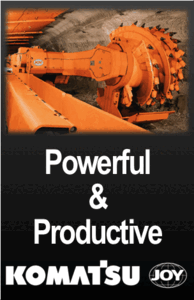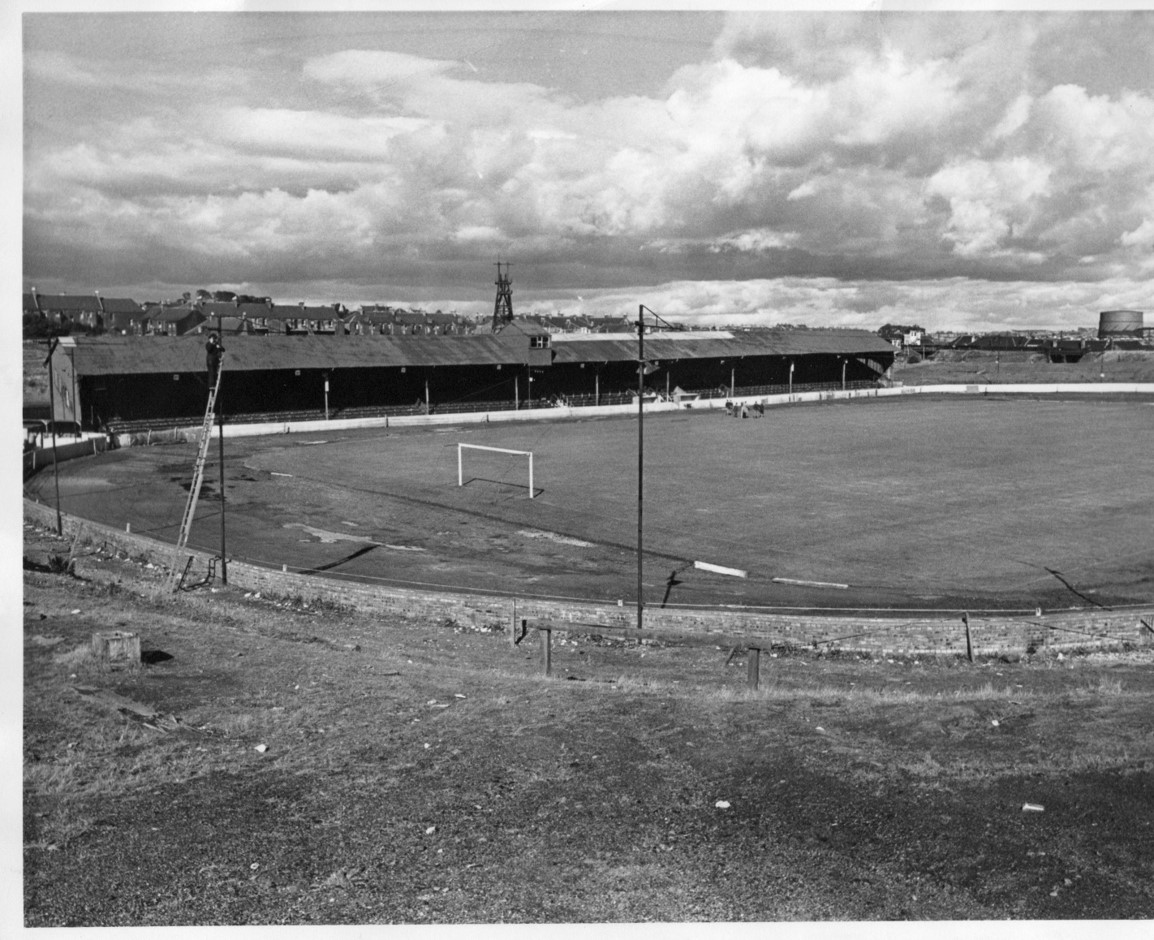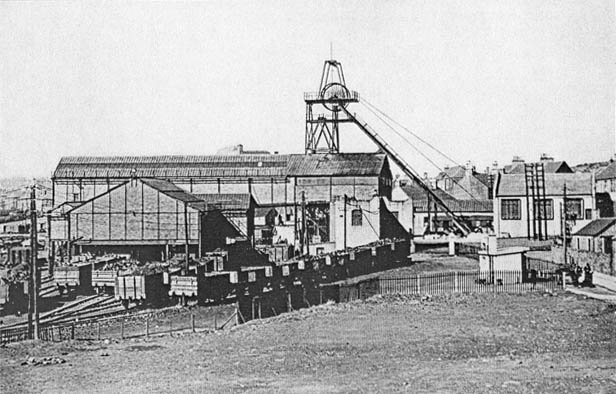
 











|
Signature Sponsor


By Ron Ferguson
April 2, 2018 - If there was ever a soccer team that was built on coal, it was Cowdenbeath Football Club located in the middle of the Fife coalfield in Scotland. The people who ran the club were coalminers, and almost all the players in the club’s earliest days earned their living by working underground in the coal mines. It’s little wonder that the team’s by-name was “The Miners”.
In the early days of coalmining in Cowdenbeath, miners’ pay was poor, and there was no provision for illness or the premature ageing which so often afflicted miners. People had to care for each other, and there was many a miner who would “lie on” for another man – do his own work, then come back to the pit to work more hours for the sick man. This interdependence created the strong sense of brotherhood so characteristic of mining communities.
Cowdenbeath FC at Central Park with Cowdenbeath No. 7 Pit in the Background
There was a strong sense of sisterhood as well. In the early days of the coal rush, some women worked underground, and there were occasions when children were born down the mine.
Miners’ wives, at home with the children, would get up early to make their men’s “pieces” before they left for work at five am to work a 12-hour day. When the men emerged blinking in the sunlight after a long shift in the darkness, they went back to overcrowded houses in miners’ rows to wash off the coal dust in tin baths in front of the living room fire.
Coal face workers often worked in water. The damp conditions and the swirling coal dust left many miners suffering from serious lung diseases like silicosis and pneumoconiosis. When I was a boy, I would often pass miners sitting on their “hunkers” at street corners – underground workers who dug coal in cramped conditions had extraordinarily strong thigh muscles – some gasping for breath, and smoking.
The tradition was that a young man would follow his father into the pits, and after a few years would get work at the coal face, usually under the supervision of his father. He would also be trained by his father in important matters such as roof support and the firing of explosives to loosen the coal. (Face workers had to buy their own explosives and store the keg of gunpowder in their own homes. Coal would be kept below one of the kitchen beds, and in an overcrowded house they could occupy a recently-vacated bed when they returned home.)
With ever-increasing demand for coal by the burgeoning railways, Cowdenbeath continued to expand. The population of the town jumped from 3,000 to 14,000 in less than 20 years. In the early part of the century, Cowdenbeath had something of a “wild west” feel. It could never be mistaken for a tourist resort. When Augustine Birrell, MP for West Fife, came to visit his constituency with his legal agent, he asked where he was as he was being driven along the muddy High Street. On being told it was Cowdenbeath, he observed that if he stayed in a place like that he would get drunk every night.
The Fife Coal Company, which owned nine collieries in the Cowdenbeath area, soon became the largest coalmining enterprise in Britain. By 1911 the company employed 14,000 people, producing 4.5 million tons of coal each year.
Cowdenbeath No. 7 Pit
If this was what was happening in pits and politics, what else were the miners up to? They were playing football. When the Scottish First Division reached 16 clubs in 1905, Cowdenbeath FC, which had turned professional in 1897, made the step up from regional football to the Scottish League’s new Second Division. Most of the players were local miners, and the growing town took great pride in its team.
“The Miners” did well on the park, but financially the club struggled at first in its more demanding new environment. Because of debts, it was proposed that the club be closed down, but thankfully the move was defeated. This would be the first of several crises over the years as the community sought to keep alive a football club that was proud of its long connections with the Fife coal mining industry.
For more information on Club 135, please click here.
To make a donation, please click here.
(Editors Note: This is the third in a series of articles about Cowdenbeath FC, the home of “The Miners”, located in Fife Scotland, who are seeking support from members of the United States coal industry. Ron Ferguson’s story of coal, football and the community will continue in future articles.)
CoalZoom.com - Your Foremost Source for Coal News
|
 







|


.png)